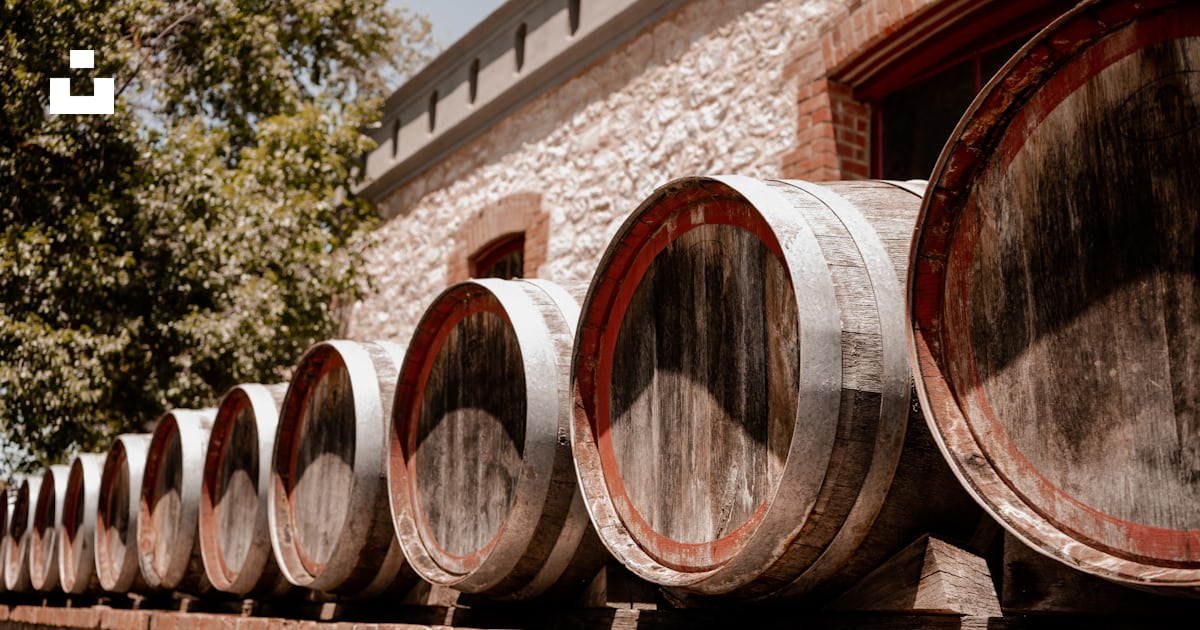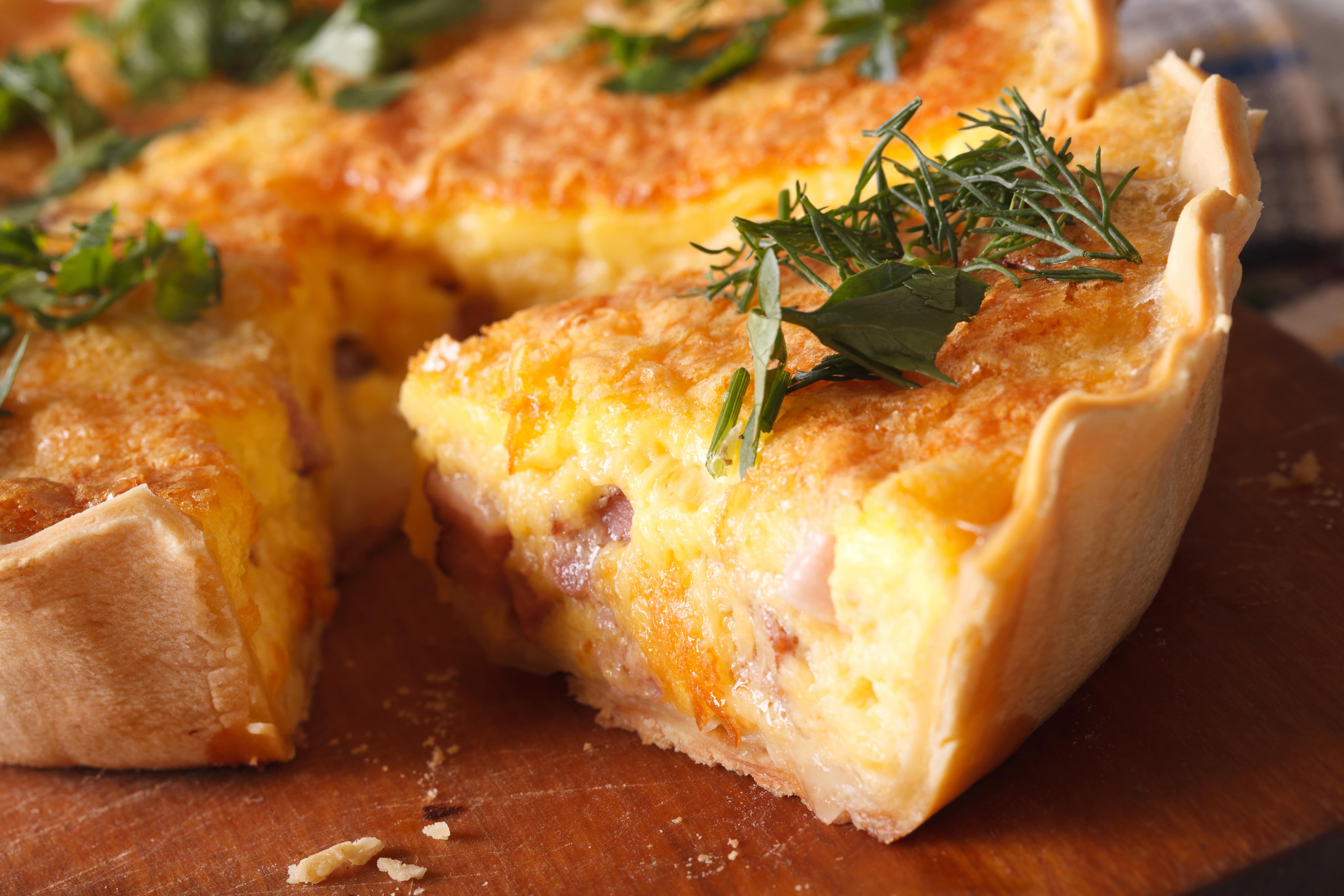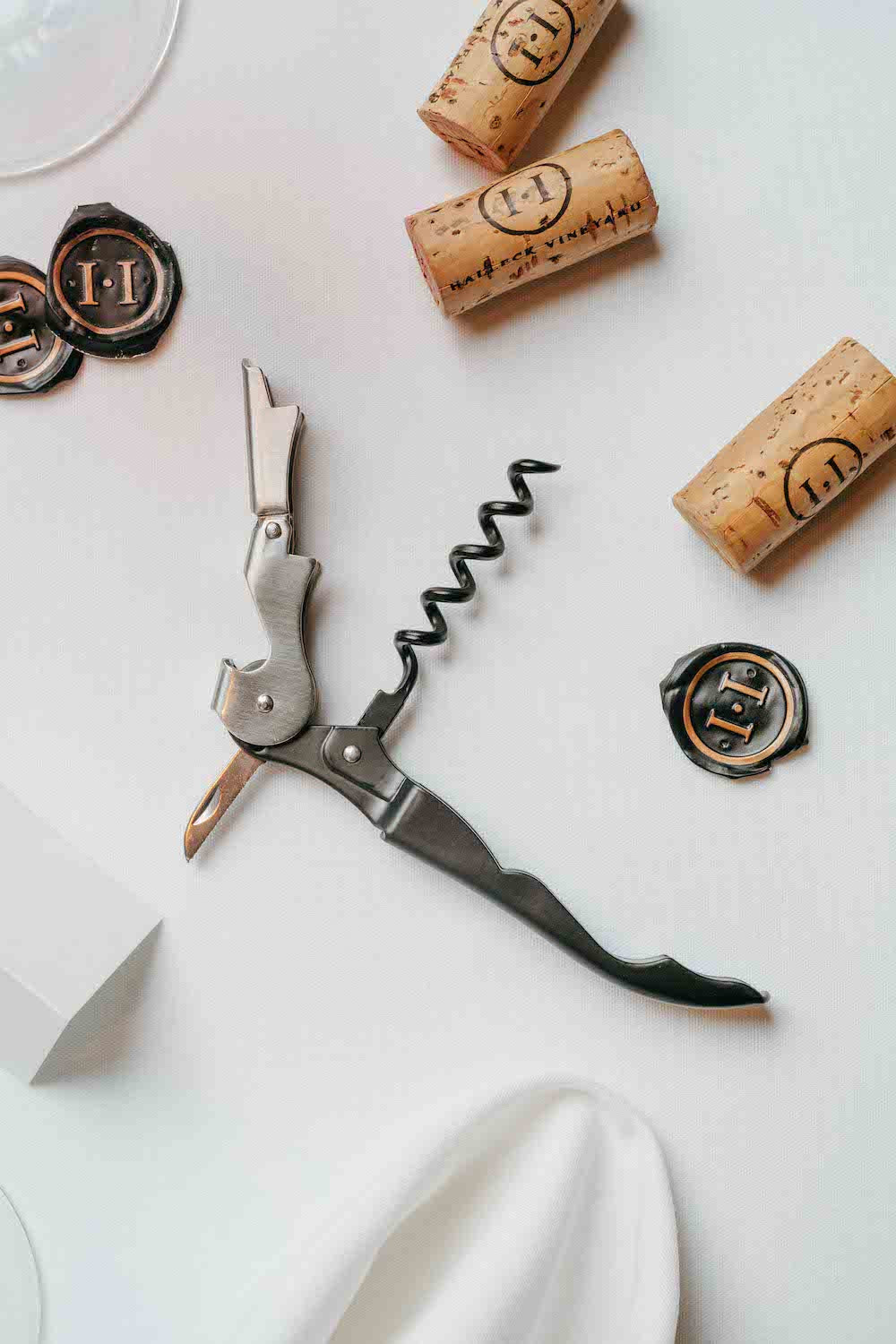Wineries That Offer Food Trucks On Weekends - Exploring Sonoma's Wine Landscape
Wine tasting is an art that combines sensory experience with an appreciation for the nuances of various varietals. How to gauge flavors in winery wine tasting classes is pivotal to grasping the complexities of wine.
Partaking in a wine tasting involves more than merely sipping and savoring. It requires a focused method to establish aromas and flavors that every wine presents. As you start, observe the wine's appearance, noting its colour and clarity. These visual cues often suggest a wine’s age, grape selection, and even potential flavor profiles.
The next step within the tasting course of is to swirl the wine in your glass. This motion releases aromatic compounds that are very important for analysis. Lean in and take a second to inhale deeply; the aromas can vary from floral and fruity to spicy and earthy. The nostril of the wine is simply as essential because the palate, and recognizing scents performs a big function in understanding the general experience.
When taking your first sip, permit the wine to move throughout your palate - Wineries Ideal For Romantic Getaways. Discover the preliminary flavors that current themselves. Is the wine fruity, floral, or maybe herbaceous? This initial style provides insight into what the wine is more doubtless to express as you proceed to judge it. The mouthfeel also contributes to the general flavor experience; it may be silky, tannic, or even effervescent.
Artisan Wineries In Russian River Valley - Wine Tasting Experiences In Sebastopol
As you proceed tasting, take note of the wine’s steadiness. A well-balanced wine will harmonize acidity, sweetness, and tannins. If one element overwhelms the others, it might indicate a much less desirable high quality. Evaluating balance may help you identify how properly the wine would possibly pair with food.
Transitioning to the end, contemplate how the flavors evolve as the wine lingers in your palate. A lengthy, pleasant finish can point out a high-quality wine, while a brief or abrupt end would possibly counsel in any other case. Replicate on whether the flavors remain consistent or if new notes emerge because the wine settles. This development can reveal complexities and intricacies that may not have been obvious within the preliminary tasting.
Temperature is also a vital think about evaluating wine flavors. Totally Different types of wine are optimally loved at specific temperatures. White wines usually shine when chilled, while pink wines usually carry out greatest at room temperature. When tasting, ensure the wine is on the appropriate temperature to totally appreciate its character.
Wineries Ideal For Romantic Getaways - Vineyards Near Sebastopol
Pairing food with wine can significantly enhance the tasting experience. Meals can affect the notion of flavors in wine, either highlighting certain characteristics or diminishing them. When evaluating flavors, contemplate how the wine interacts with totally different meals, noticing which flavors are amplified or muted (Wineries Offering Educational Wine Seminars).

Contemplate the affect of terroir as you interact in a winery tasting. Terroir encompasses the unique environmental elements that affect grape rising, together with soil composition, climate, and geography. Understanding a wine's terroir can present insight into its flavors and aromas, fostering a deeper appreciation for the alternatives made throughout its cultivation and production.
Training performs a elementary function in enhancing one's ability to evaluate wine flavors. Studying about grape varieties, wine areas, and manufacturing methods can pave the way in which for more knowledgeable judgments throughout tastings. Moreover, attending workshops or classes can refine sensory skills and increase your flavor vocabulary, enabling you to articulate tasting notes more effectively.

Lastly, it's important to do not forget that evaluating wine flavors is a highly personal experience. Particular Person preferences and perceptions will invariably shape one’s tasting journey. Enjoyment should be on the forefront, with the evaluation course of performing as a device to boost understanding and appreciation quite than create inflexible pointers.
Wineries Known For Their Hospitality - Wine Tasting And Vineyards In Sonoma
In conclusion, mastering the means to consider flavors in winery wine tasting classes entails a combination of sensory engagement, knowledge, and practice. By learning to identify aromas, assess the balance, and appreciate the intricacies of flavor, wine enthusiasts can deepen their connection to every bottle they encounter. As with any art type, the more one immerses themselves in the experience, the more they'll discover and enjoy the vast world of wine.
- Start by observing the wine's color and readability, as these visual parts can hint at its flavor profile and getting older potential.
- Swirl the wine gently in your glass; this releases fragrant compounds, allowing you to higher identify the advanced scents associated with the wine.
- Take a deep inhale earlier than tasting, focusing on each main and secondary aromas to assemble insights on fruits, spices, and different nuances.
- When tasting, allow the wine to coat your palate; note the initial flavors, the mid-palate complexity, and the end as these stages can provide totally different flavor highlights.
- Pay consideration to texture and mouthfeel, as aspects similar to tannin levels, acidity, and sweetness contribute significantly to the general tasting experience.
- Evaluate flavors against standard wine characteristics; for purple wines, think about berry notes, oak influence, and natural tones, while whites might include citrus, stone fruits, and floral hints.
- Take notes during the tasting session to track your impressions, helping you to remember and consider the completely different wines sampled.
- Focus On your findings with fellow tasters or winery employees, as sharing insights can enhance understanding and appreciation of individual flavors.
- Allow time for the wine to breathe; sometimes, flavors evolve and reveal new dimensions after being exposed to air.
- Experiment with food pairings in the course of the tasting as they'll dramatically alter how flavors are perceived, influencing general enjoyment.undefinedWhat should I look for when evaluating the aroma of wine during a tasting?
Start by swirling the wine in your glass to release its aromas. Convey the glass to your nose and take a deep breath. Pay attention to the first scents you detect, as these are sometimes probably the most distinguished. Look for fruit, floral, herbal, or earthy notes and attempt to identify particular traits, which can deepen your understanding of the wine's complexity.
Wineries In Dry Creek Valley - Wine Tasting And Vineyards In Sonoma

How can I distinguish between totally different flavor profiles in wine?
Perceive that flavor profiles are sometimes categorized as fruit, floral, herbaceous, spicy, or mineral. Take small sips and permit the wine to coat your palate. Discover the first flavors that emerge first and the delicate notes that follow. This layering is important in distinguishing the wine's traits and can allow you to recognize its unique profile.
Wineries With Artisan Chocolate Pairings In Sonoma - Luxury Wine Tasting In Sonoma County
What is the significance of the wine's texture in a tasting?

The texture of the wine, also identified as mouthfeel, performs a crucial position in how we perceive flavors. Pay attention as to if the wine feels smooth, creamy, or gritty. The physique of the wine (light, medium, or full) can enhance or contrast with flavors, offering a extra rounded experience throughout tasting.
How do I assess the balance of flavors in wine?
Balance in wine refers to the harmony between acidity, sweetness, tannin, and alcohol. Take a moment to evaluate whether or not these components complement or intervene with one another. A well-balanced Wine tasting in Sonoma County. wine may have none of its elements overpowering the others, creating a pleasing tasting experience.
Best Wineries For Sunset Views In Sebastopol - Vineyard Tours In Sebastopol
What role does temperature play in evaluating wine flavors?
Temperature can considerably influence the notion of flavors. Usually, purple wines are best served slightly below room temperature, while white wines get pleasure from being chilled. As the temperature modifications, the aromas and flavors can shift, permitting you to understand totally different traits. It’s important to taste wine at its optimum temperature for true evaluation.
Scenic Vineyard Tours In Sebastopol - Sonoma County's Best Wine Experiences
How can I improve my tasting skills over time?
Practice is key to improving your tasting skills. Wineries That Host Harvest Festivals. Attend tastings, maintain a journal of your experiences, and discover various kinds of wines to broaden your palate. Additionally, learning about wine production and grape varieties can present context that enhances your evaluation process, making you a extra knowledgeable taster.
Is there a selected order during which I should style the wines?
Wineries Featuring Seasonal Wine Events In Sonoma - Finding Good Wineries For Wine Tasting
Yes, it’s advisable to style wines from light to full-bodied and dry to candy. This development prevents the stronger flavors from overshadowing the extra delicate ones, permitting you to completely respect every wine's characteristics and nuances with out palate fatigue.
How can I consider the aftertaste of wine?
Wineries Offering Off The Beaten Path Experiences - Wineries With Stunning Views In Sonoma
The aftertaste, or end, is an important aspect of the wine-tasting experience. After swallowing, pay consideration to how long the flavors click reference linger in your palate and whether or not they change. A long, pleasant finish is commonly an indicator of a high-quality wine, whereas a short or unpleasant end could counsel otherwise.
Why is it important to note the wine’s acidity during tasting?
Acidity contributes to the general freshness and construction of the wine. Pay attention to the tingling sensation on your tongue; higher acidity can improve the wine's liveliness and stability out sweetness. Noting acidity helps decide the wine's versatility with food and its growing older potential.
What should I do if I battle to determine specific flavors in wine?
Wineries With Unique Varietals - Exploring The Vineyards Of Sonoma
Struggling to determine flavors is frequent, especially for beginners. Focus on broader classes and describe what you'll be able to acknowledge, similar to sweet or earthy notes. With practice, studying about different flavor profiles, and perhaps using flavor wheels, you may refine your senses and develop a extra nuanced strategy to tasting.